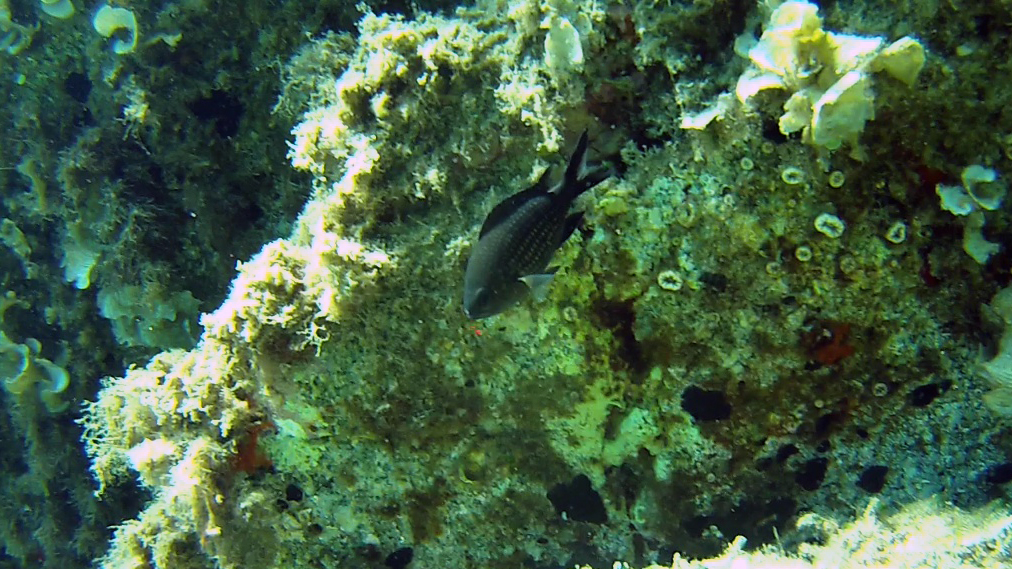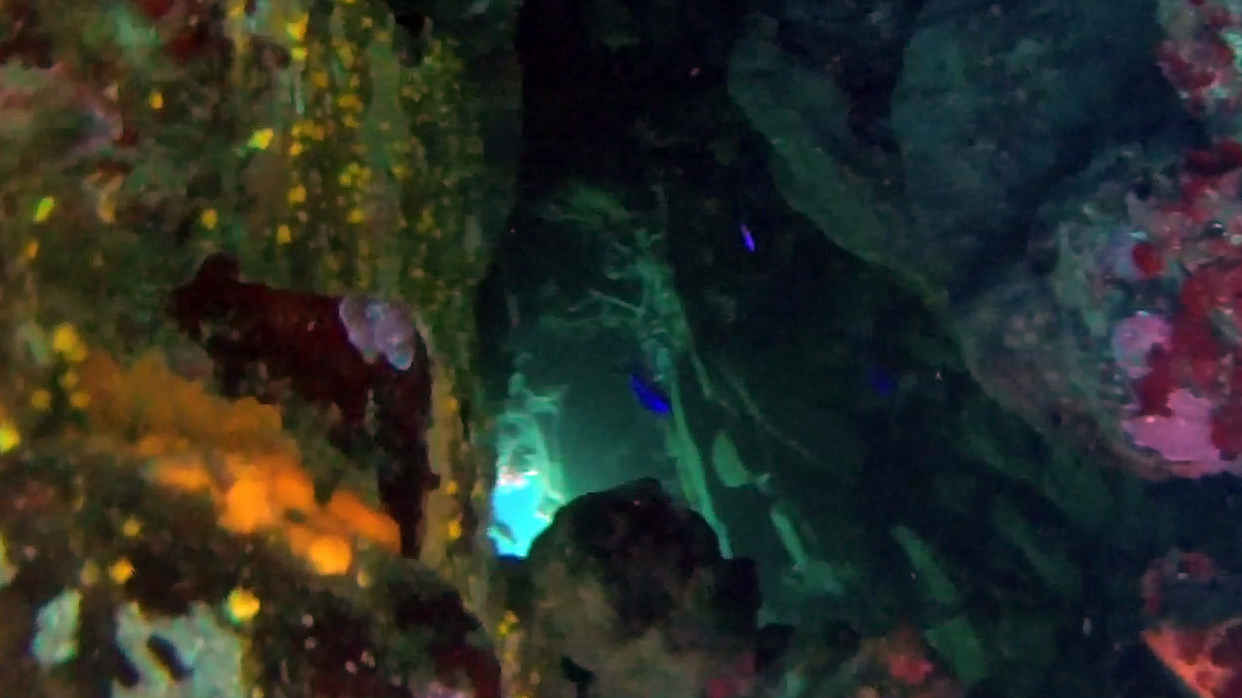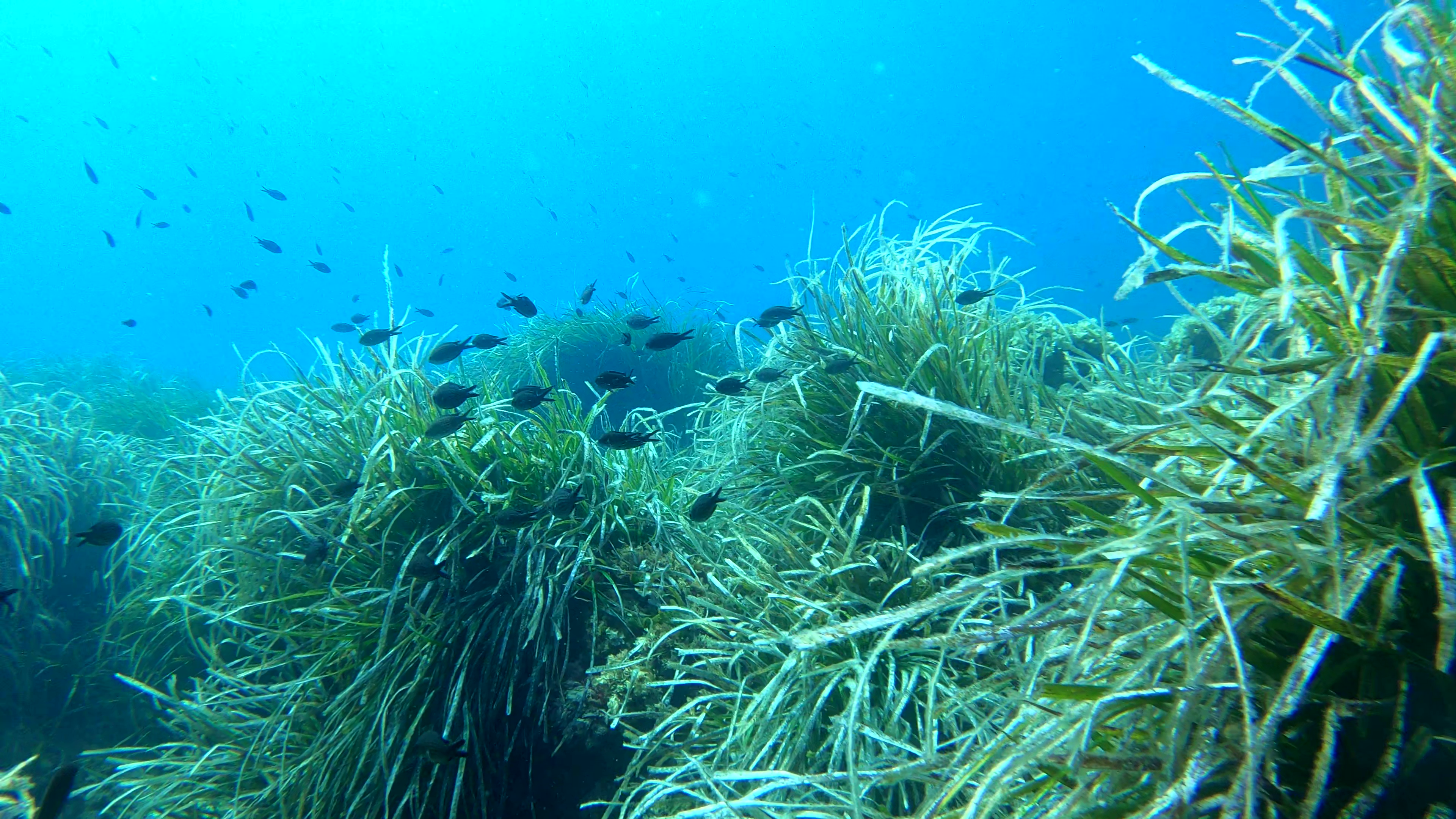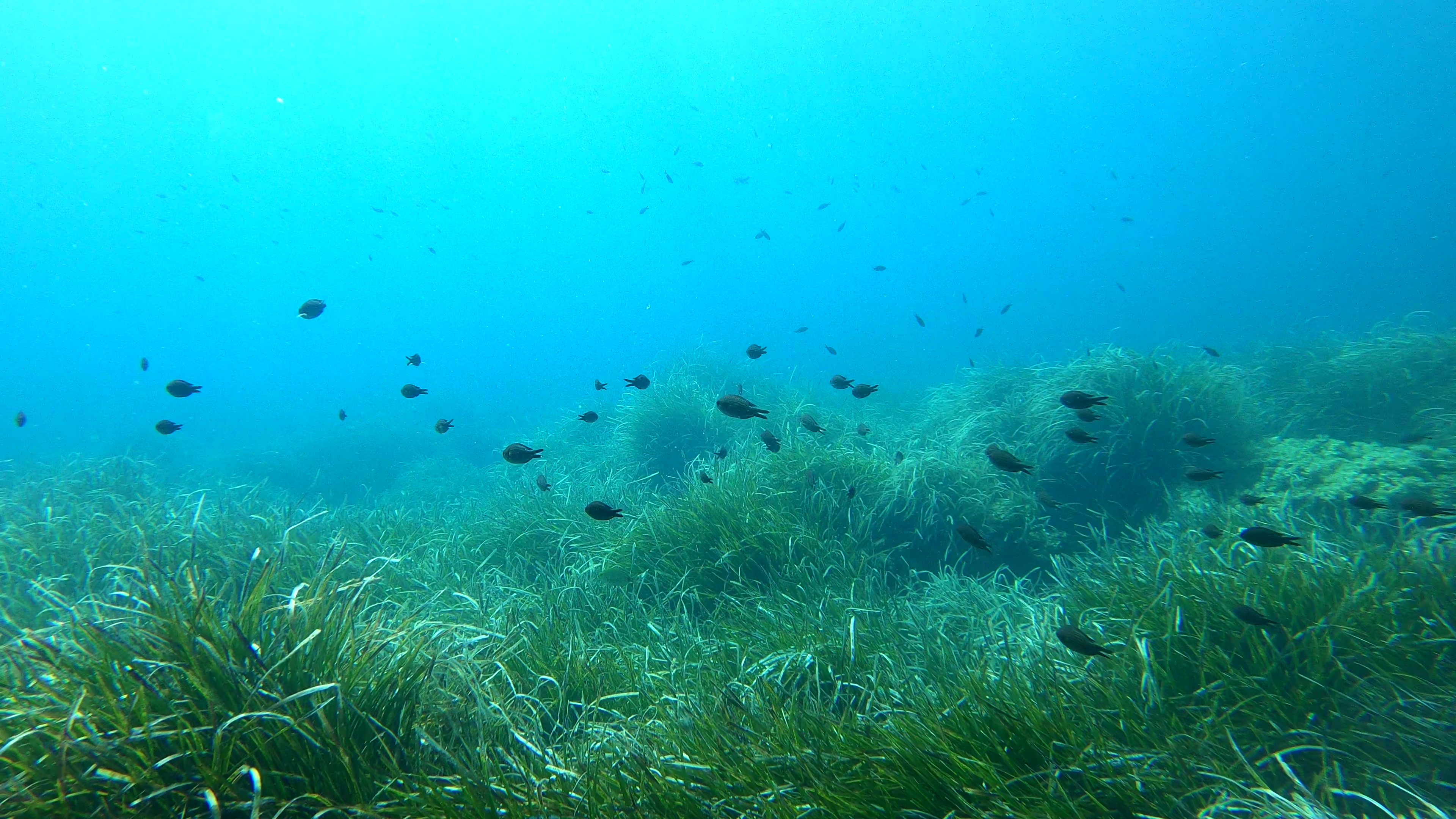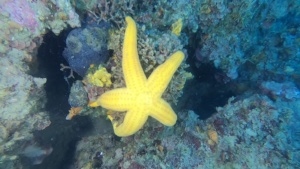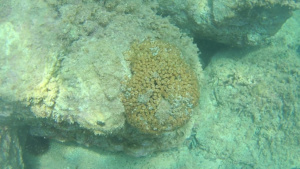Chromis chromis, commonly known as Damselfish, is a saltwater fish belonging to the family Pomacentridae, of which he is the sole representative in the Mediterranean.
Chromis chromis Castagnola Nera Damselfish Pomacentridae
Distribution and habitat
The damselfish is widespread in the Mediterranean (where it is very common) and in the eastern Atlantic between Portugal and the Gulf of Guinea (more rarely to Angola).
Populates the shallow rocky bottoms where he lives in benches scattered in midwater. They are also found on the oceanic Posidonia meadows. Small specimens still with the blue livery are fotofobi and often encounter in caves, crevices and other shady environments.
Description
It has an oval body, flattened, with small mouth and big eyes. The dorsal fin is unique, with front spiny rays and longer rear soft rays, the anal fin has only two spines followed by many soft. The caudal fin is notched in the middle and has two pointed lobes. The upper and lower rays of this fin are darker than the rest giving the impression of a queue engraved more than it is in reality. The ventral fins and pectoral fins are quite developed. The flakes are large.
Young fishes have a bright blue color, while the adult specimens lose it gradually with the growth to become dark brown or blackish with longitudinal rows of lighter spots on the sides. The coloration can vary: the males spawning are very dark while the adults pale night.
It reaches a maximum length of 16 cm but it is usually much smaller.
Reproduction and behavior
Breeding takes place in the summer, the male performs a wedding dance to persuade the female to go on the part of the seabed that will serve as a nest. There, the deposition occurs for about 10 minutes after which the female is immediately driven away. The eggs are not floating but they stick to the substrate due to the adhesive filaments of which are equipped and are actively defended and oxygenated by the male.
Supply
It feeds on smaller fish and invertebrates such as worms, crustaceans, and tunicates.
Gallery
Blue Chromis Chromis intotheblue.it
Video Gallery
 English
English Italiano
Italiano
